The Titan tragedy reminded Michael Guillen of the harrowing experience of being trapped in a submersible in a similar location in 2000.
"I was one of the first reporters to see the Titanic wreck at the bottom of the Atlantic Ocean. That made me very excited," Michael Guillen, an American physicist, recalled his trip as a science reporter for ABC 23 years ago.
On that expedition, Guillen accompanied his friend Brian and a Russian pilot named Viktor in the Russian submersible Mir-1, which was launched from the mother ship Akademik Mstislav Keldysh. After observing the bow of the Titanic at a depth of 3,800 m, they decided to move to the stern, which was quite a distance away.
The Titanic sank on April 15, 1912, after hitting an iceberg, killing more than 1,500 people. Before sinking to the bottom of the sea, the British passenger ship split in two.

Michael Guillen, American physicist and former science correspondent for ABC television. Photo: Sky News
"As we passed through the debris field to approach the stern, we were caught in a strong current. Eventually, Mir-1 got stuck in the Titanic's giant propeller," Guillen said.
"After the collision, we saw rusty chunks of the Titanic falling onto the submersible," he said. "At that moment, I thought I was not going to make it."
Viktor, a former Russian MiG fighter pilot, managed to get the submarine out.
"It was like your car was stuck in the mud and you had to go backwards and forwards to get out," he said. "We were all quiet because we didn't want to bother or distract Viktor. We knew we were in a serious situation, so we decided to keep quiet."
The Mir-1 submersible spent an hour on the dark seabed, when Viktor decided to turn off the lights to save energy. "During that time, I thought many times that I would not be able to escape. I will never forget those moments when I thought I was going to die," Gullen said.
At that moment, Gullen felt the submersible rising. “I turned to Viktor and asked, ‘Are you OK?’ He replied in a hoarse voice, ‘No problem,’” he said. “That was when I breathed a sigh of relief.”
Thanks to Viktor's skillful piloting, the Mir-1 submersible finally broke free from the Titanic's propellers and the wreckage. It took them about two and a half hours to return to the surface, and those on the mothership realized that the submersible had just escaped death.
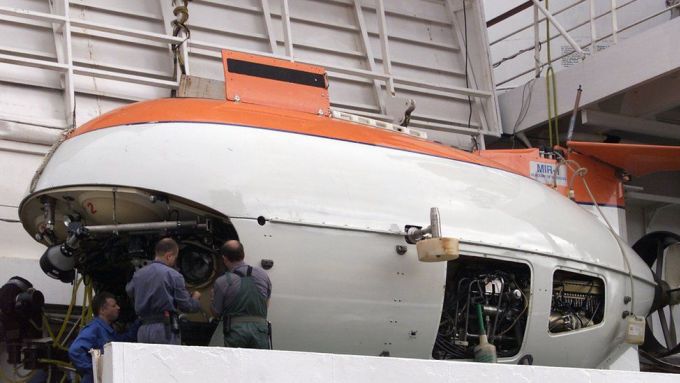
Russian submersible Mir. Photo: BBC
In 2000, only two countries could develop submarines that could withstand the enormous water pressure: France and Russia, according to Guillen.
Mir is a class of autonomous deep-sea submersibles. The project was initially developed by the Academy of Sciences of the USSR (now the Russian Academy of Sciences) together with the Lazurit Central Design Bureau and later ordered to Finland for production. The two submersibles Mir-1 and Mir-2 were designed and built by the Finnish company Oceanics, under the supervision of engineers from the Shirshov Institute of Oceanography in Russia.
The two submersibles were delivered in 1987 and are operated by the Russian Academy of Sciences for deep-sea scientific research and can also assist in submarine rescue operations.
The Mir submersible is 7.8 m long, 3.6 m wide, 3 m high and weighs 18,600 kg. It can reach a maximum design depth of 6,000 m. In field tests, Mir-1 was able to reach a depth of 6,170 m and Mir-2 was 6,120 m.
The rear hydraulic thruster and two side thrusters help the Mir submersible move at a speed of about 9 km/h. The submersible is equipped with an oxygen system that is enough for a crew of 3 to use for 3.42 days.
"I'm afraid of water so exploring the ocean floor is difficult," said Dr Guillen, but admitted he couldn't turn down the exciting opportunity to learn about and report on the Titanic wreck.
Before the dive, the crew was briefed on what could happen to the Mir-1.
"We heard a true story about a man trapped in a submersible. His first instinct was to find the escape hatch above his head and try to open it. As soon as he tried to open the hatch, a jet of extremely high pressure water sprayed in and killed him instantly," Gullen recounted.
What happens when a submarine is crushed to the bottom of the sea. Video: Fleet
Guillen was worried that this scenario would repeat itself on his ship. He said that while trapped, he became vigilant and ready to prevent anyone from panicking like that.
"As a scientist, I immediately thought about how much oxygen we had left and what we could do. I thought about how we were going to get out of there and I had to accept the fact that we had no way out. That's when the thought of dying crossed my mind," he said.
Thanh Tam (According to BBC )
Source link


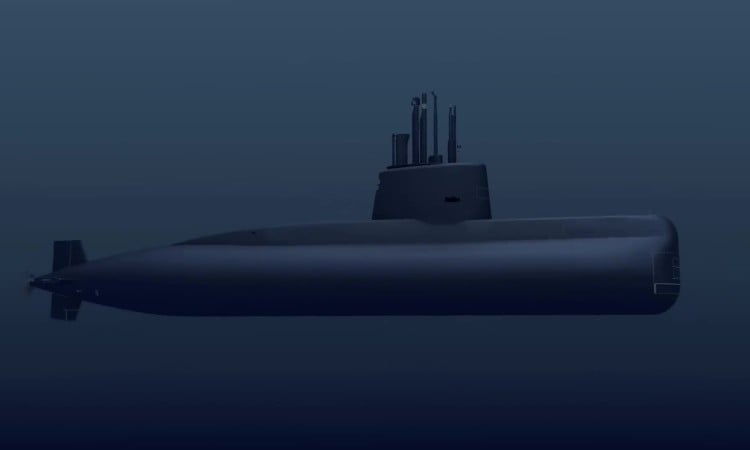






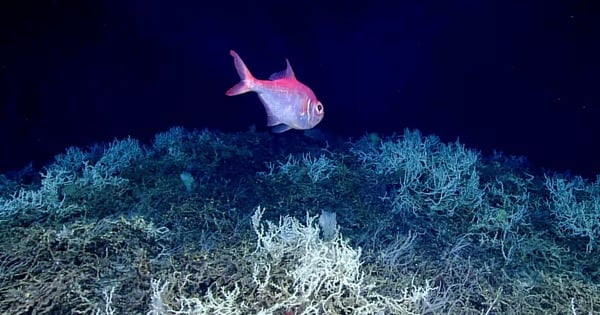

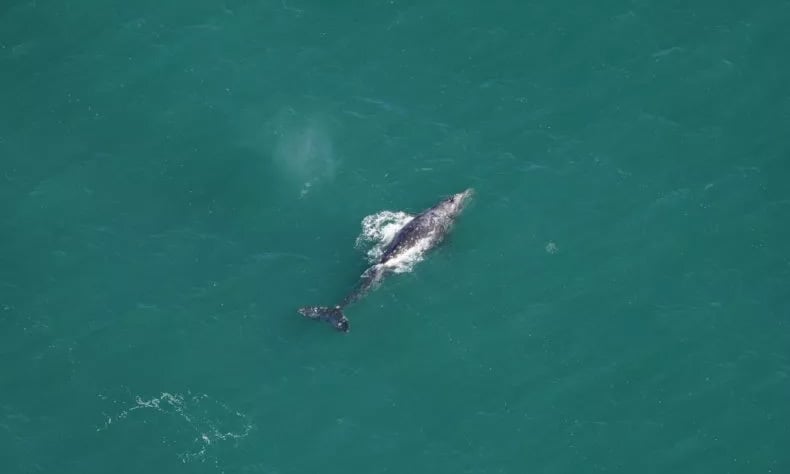
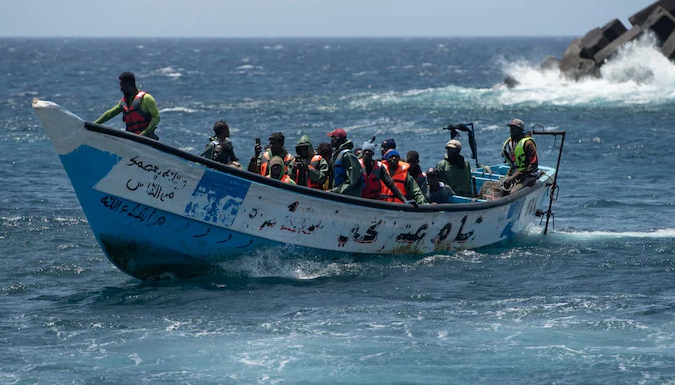


























![[Photo] Prime Minister Pham Minh Chinh chairs Government Conference with localities on economic growth](https://vstatic.vietnam.vn/vietnam/resource/IMAGE/2025/2/21/f34583484f2643a2a2b72168a0d64baa)


























































Comment (0)